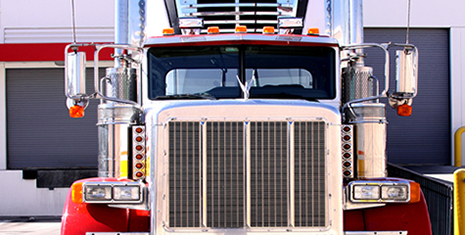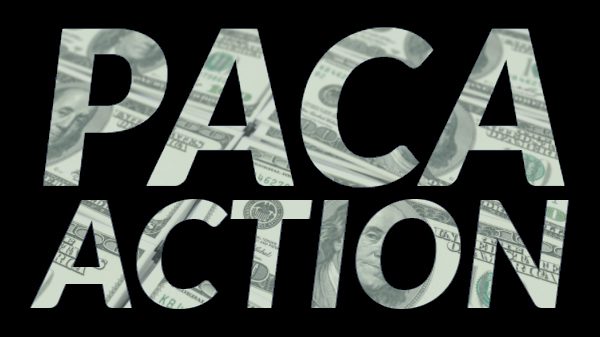Welcome to Blue Book!
Are you ready to join the thousands of companies who rely on Blue Book to drive smarter decisions? View our plans and get started today!
Still have questions? We’d love to show you what Blue Book can do for you. Drop us a line– we’ve been waiting for you.

#6 Insurance Woes
Insurance is another area where it seems there is no end to higher costs. In particular, transportation companies are concerned about liability minimums in the FAST Act and the Patient Protection and Affordable Care Act, aka ‘Obamacare.’
The Act primarily affects independent owner-operators, and depending on where you sit, they either oppose it on principle, like it and are using it, or find the available policies are too expensive with very high deductibles. A tax on so-called “Cadillac plans” hits those who can afford it. Also, insurance companies are cutting back on the policies they offer under Obamacare, like insurer United Healthcare, which announced its exit from the majority of the insurance’s exchanges across the country.
While the Affordable Care Act affects the internal workings of small transportation companies, liability insurance affects every truck on the road. Carriers are currently required to have $750,000 in liability coverage, but FMCSA wants to raise the amount.
Rally Transportation in Woodridge, ON, carries $5 million in liability insurance “to make sure we are adequately covered in the event that one of our third-party carriers doesn’t have that coverage,” says Joe Rubini, president. Many carriers carry at least $2 million in liability insurance, though some try to get by with $1 million, he says. “I can tell you that $1 million dollars in coverage is not going to get you very far in the event of a very unfortunate instance. I believe it should be raised,” Rubini notes.
Lund sees it as a vicious circle. Sometimes more coverage means more exclusions. “Trucking companies, like anybody else, don’t want to pay more for insurance, so they’re accepting lower quality insurance with higher deductibles and less coverage—so there’s getting to be a wider gap,” he says.
Part of this gap includes product loads involved in a traffic accident. If the seal hasn’t been broken and there is no evidence of damage, it still might not be salable, or the insurance company won’t pay for it, Lund says. In some cases, carriers are unaware of certain exclusions or shipper stipulations until there’s a claim. “Everybody I talk to who works with claims says it’s getting worse, without exception,” he notes.
#7 The Economy & Fuel Prices
For truckers, concerns over the economy have much to do with fuel prices, a significant expense. And while it’s true the price of diesel has been down and has only inched upwards in the past year—this doesn’t mean overall costs are down. And this doesn’t affect contract pricing. So of course, there’s much more to it.
“Everybody thinks that because fuel is down by two-thirds, freight rates should be down. That’s not the case,” Plotsky says. “We’re trying to achieve $1.50 a mile, plus fuel, and people are offering $1.20 to $1.30 a mile because fuel is down. But it’s not down that far,” he explains, adding, “and the price of tires hasn’t gone down, the cost of mechanics hasn’t gone down. There’s food to feed the driver, equipment prices, all the other expenses of trucking have not gone down. So because fuel is down by half doesn’t mean the freight rate is down by half.”




